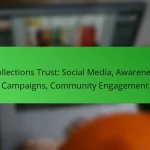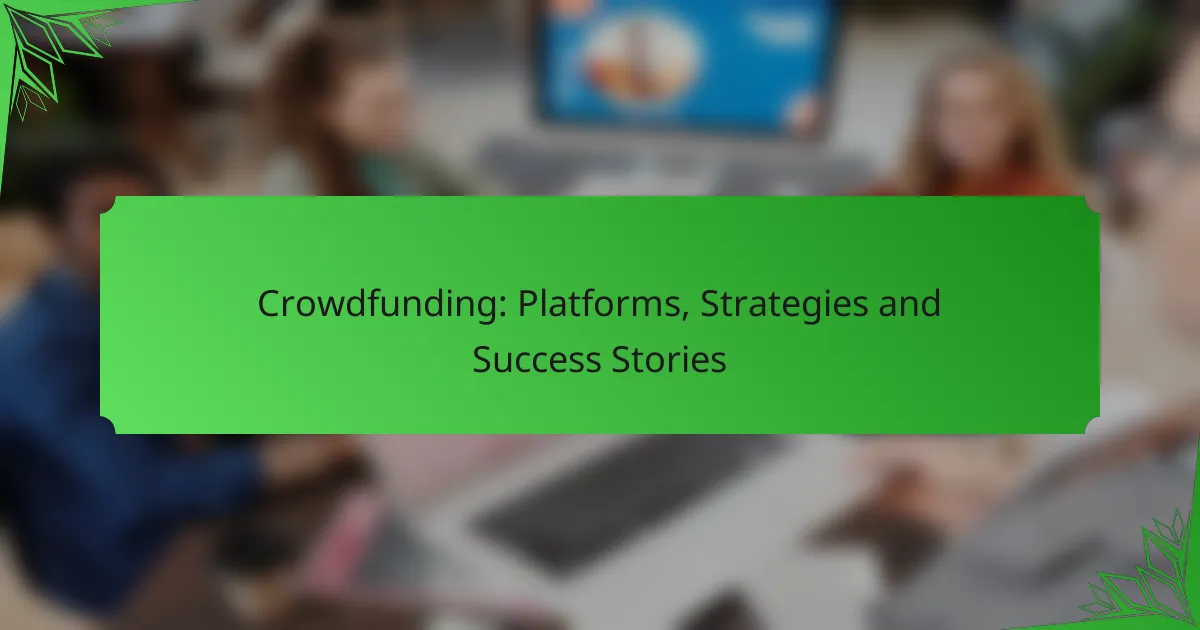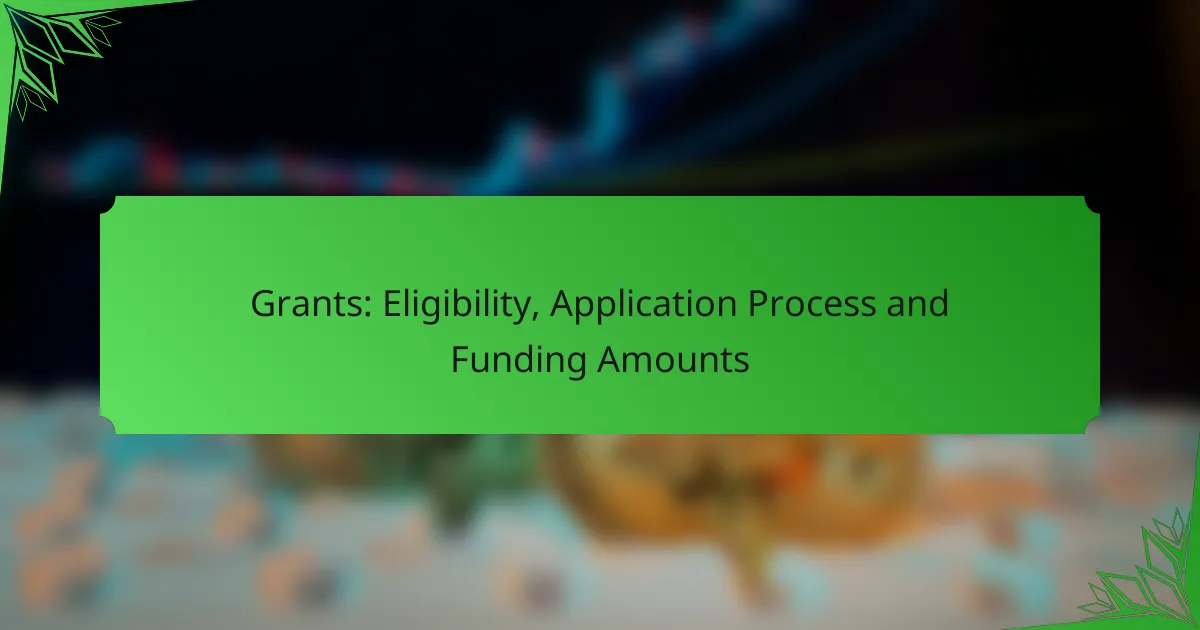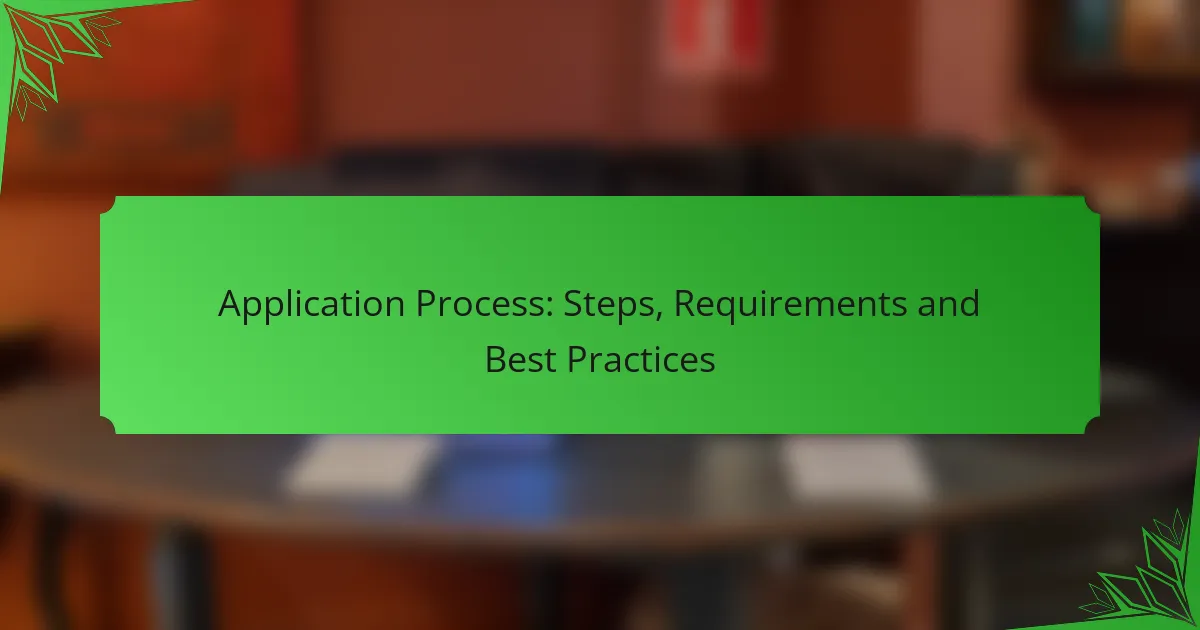Crowdfunding has emerged as a powerful tool for entrepreneurs and creators, offering diverse platforms tailored to various project needs. Selecting the right platform involves careful consideration of its features, fees, and target audience to align with your goals. To maximize success, effective strategies that incorporate marketing, storytelling, and community engagement are essential in attracting and retaining backers throughout the campaign.

What are the best crowdfunding platforms in the UK?
The best crowdfunding platforms in the UK cater to various needs, from creative projects to business funding. Each platform has unique features, fees, and target audiences, making it essential to choose one that aligns with your goals.
Kickstarter
Kickstarter is a popular platform for creative projects, including art, music, and technology. It operates on an all-or-nothing funding model, meaning projects must reach their funding goal to receive any money.
When using Kickstarter, set a clear funding target and timeline. Engaging visuals and compelling storytelling can significantly boost your chances of success. Remember, you’ll pay a fee of around 5% on the funds raised, plus payment processing fees.
Indiegogo
Indiegogo offers flexible funding options, allowing creators to keep funds even if they don’t meet their goal. This platform is suitable for a wide range of projects, from innovative gadgets to charitable causes.
Consider using Indiegogo’s InDemand feature, which lets you continue raising funds after your campaign ends. The platform charges a similar fee structure to Kickstarter, so factor that into your budget when planning your campaign.
GoFundMe
GoFundMe is primarily focused on personal causes, such as medical expenses, education, or emergencies. Unlike other platforms, it does not require a funding goal, allowing users to withdraw funds at any time.
This platform is user-friendly and ideal for those seeking to raise money quickly and easily. Be aware that GoFundMe takes a small percentage of donations, so ensure you communicate your needs clearly to potential donors.
Seedrs
Seedrs is an equity crowdfunding platform that allows investors to buy shares in startups and growing businesses. This model is beneficial for entrepreneurs looking for investment rather than donations.
When using Seedrs, prepare a solid business plan and pitch to attract investors. The platform charges a fee of around 7.5% on funds raised, which is important to consider when setting your funding target.
Crowdcube
Crowdcube is another equity crowdfunding platform, similar to Seedrs, where businesses can offer equity in exchange for investment. It is particularly popular among UK startups seeking to scale.
To succeed on Crowdcube, ensure you have a compelling value proposition and a strong marketing strategy. The platform typically charges around 7% of the funds raised, so plan your financials accordingly.
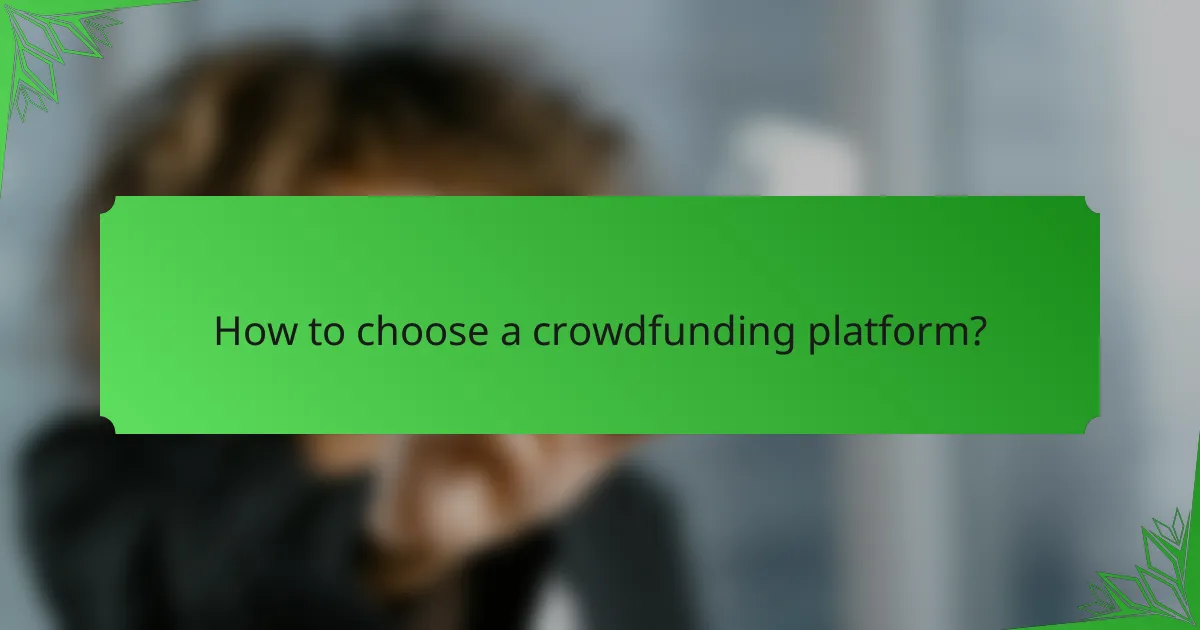
How to choose a crowdfunding platform?
Choosing a crowdfunding platform involves evaluating several key factors that align with your project goals. Consider the platform’s focus, fees, and audience to ensure it meets your specific needs.
Project type
Different crowdfunding platforms cater to various project types, such as creative endeavors, startups, or charitable causes. For instance, Kickstarter is popular for creative projects, while Indiegogo offers flexible funding options for a wider range of initiatives.
Assess your project’s nature and select a platform that specializes in that area. This alignment can increase your chances of attracting backers who are interested in your specific type of project.
Fee structure
Each crowdfunding platform has its own fee structure, which can significantly impact your funding outcome. Most platforms charge a percentage of the funds raised, typically ranging from 5% to 10%, plus payment processing fees that can add another 3% to 5%.
Be sure to calculate these costs when budgeting for your campaign. Some platforms may offer lower fees but have stricter project approval processes, so weigh the trade-offs carefully.
Target audience
Understanding the target audience of a crowdfunding platform is crucial for campaign success. Platforms like GoFundMe attract a community focused on personal causes, while SeedInvest is geared towards investors looking for equity in startups.
Research the demographics and interests of the platform’s users to ensure your project resonates with them. Tailoring your campaign messaging to fit the audience can enhance engagement and support.
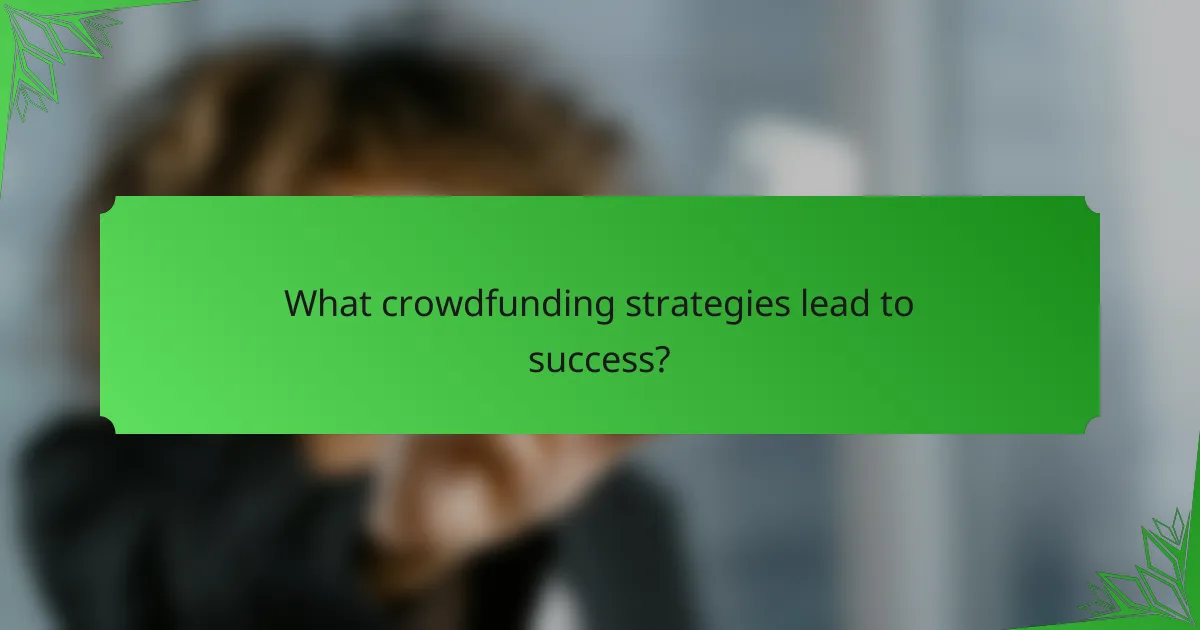
What crowdfunding strategies lead to success?
Successful crowdfunding strategies often combine effective marketing, engaging storytelling, and community building. These elements work together to attract backers and sustain interest throughout the campaign.
Effective marketing
Effective marketing is crucial for any crowdfunding campaign. Utilize social media platforms, email newsletters, and targeted ads to reach potential backers. Consider allocating a budget for promotions, as even a small investment can significantly increase visibility.
Timing your marketing efforts is also essential. Launch promotions at peak times when your target audience is most active online. Regular updates and reminders can help maintain momentum throughout the campaign.
Engaging storytelling
Engaging storytelling captures the essence of your project and connects emotionally with potential backers. Clearly articulate your vision, the problem you aim to solve, and how contributions will make a difference. Use visuals, such as videos and images, to enhance your narrative.
Personal anecdotes or testimonials can further enrich your story. Sharing your journey and motivations can resonate with backers, making them more likely to support your cause. Aim for authenticity and relatability in your storytelling approach.
Building a community
Building a community around your crowdfunding project fosters loyalty and encourages ongoing support. Engage with your audience through social media, forums, and live events to create a sense of belonging. Respond to comments and questions promptly to strengthen these connections.
Consider offering exclusive rewards or updates to backers who actively participate in discussions. This not only incentivizes engagement but also helps create advocates for your project who can spread the word to their networks.

What are successful crowdfunding case studies in the UK?
Successful crowdfunding case studies in the UK demonstrate how innovative ideas can secure funding through community support. These examples highlight effective strategies and the potential for significant financial backing from a diverse range of investors.
Ooni Pizza Ovens
Ooni Pizza Ovens is a notable success story in the UK crowdfunding landscape. The company launched its campaign on Kickstarter, aiming to raise funds for a portable pizza oven that could reach high temperatures quickly. They exceeded their funding goal within hours, ultimately raising over £2 million from thousands of backers.
Their success can be attributed to a strong product concept, engaging promotional videos, and a clear understanding of their target market. Ooni effectively leveraged social media to build a community around their brand, which contributed to their impressive crowdfunding results.
Revolut
Revolut, a financial technology company, utilized crowdfunding to expand its services and reach. The company raised significant capital through equity crowdfunding platforms, allowing everyday investors to buy shares. This approach not only generated funds but also fostered a loyal customer base invested in the company’s success.
Key to Revolut’s success was its transparent communication with investors and a clear vision for growth. By offering a user-friendly app and innovative financial products, they attracted a large number of backers who believed in their mission to disrupt traditional banking.
Monzo
Monzo, a digital bank, is another prominent example of successful crowdfunding in the UK. The company has conducted multiple crowdfunding rounds, raising millions from its user base. Monzo’s campaigns often highlight their commitment to transparency and community involvement, which resonates with potential investors.
One effective strategy was offering early investors perks, such as exclusive access to new features and a say in future developments. This approach not only incentivized investment but also created a sense of ownership among users, helping Monzo build a strong community around its brand.

What are the risks of crowdfunding?
The risks of crowdfunding include financial loss, project failure, and potential legal issues. Investors may not receive the promised returns or products, and project creators can face challenges in meeting their goals.
Financial Risks
Investing in crowdfunding projects can lead to financial loss if the project fails to deliver. Many projects do not reach their funding goals, and even successful ones may not generate expected profits. It’s crucial for backers to assess the financial viability of a project before investing.
Project Viability Risks
Not all crowdfunding projects are feasible or well-planned. A lack of experience or poor execution can result in project delays or complete failure. Backers should research the creator’s background and previous work to gauge the likelihood of success.
Legal and Regulatory Risks
Crowdfunding is subject to various regulations that can vary by country. In the U.S., for example, the SEC has specific rules regarding equity crowdfunding. Creators must comply with these regulations, and failure to do so can lead to legal complications, affecting both the project and its backers.
Reputation Risks
For creators, failing to deliver on promises can damage their reputation and future crowdfunding efforts. Backers may lose trust in the platform or the creator, which can have long-term implications for both parties. Maintaining transparency and communication throughout the project is essential to mitigate these risks.
